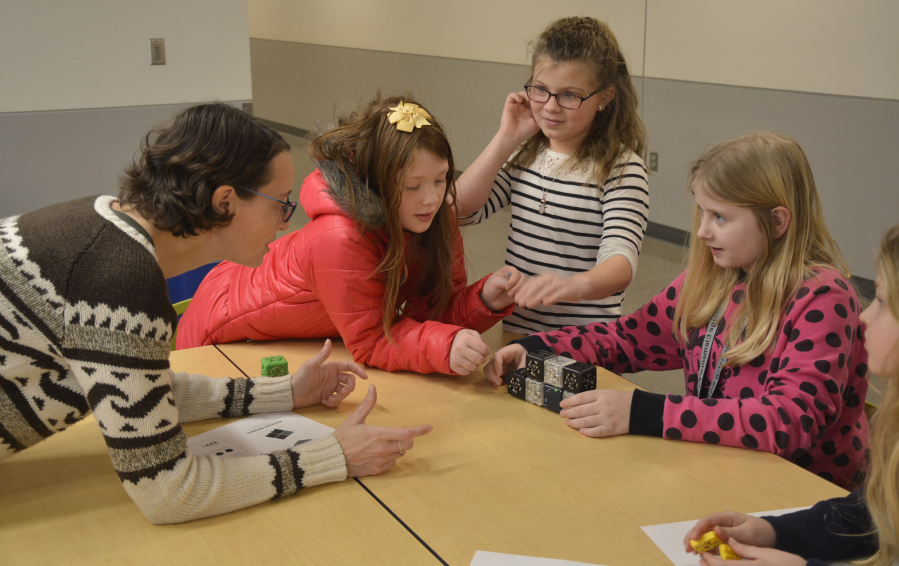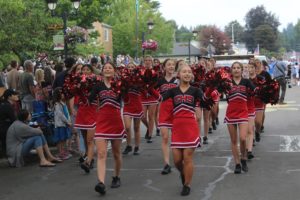Earlier this month, fourth-grade students at Gause Elementary School participated in an activity in which they were asked to build ‘scribble bots.’
Students in the classrooms of Colleen Davis and Robin Riat were provided various components including batteries, motors, plastic cups, pipe cleaners, tape, felt-tip pens and popsicle sticks, and given the engineering challenge of creating a device that could scribble across a paper-covered table on its own.
The program, brought to Gause by the Oregon Museum of Science and Industry (OMSI) with the assistance of the Gause Booster Committee, emphasized the importance of scientific process and encouraged students to identify problems, brainstorm solutions, and test and improve on ideas in a collaborative environment.
The scribble bot project is a good example of the type of science, technology, engineering and math or “STEM” skills Washougal School District (WSD) leaders have long promoted in higher grades and are now trying to bring to younger Washougal students.
“I definitely feel an increase in (STEM) activities,” said Columbia River Gorge first-grade teacher Sydney Termini. “I see more opportunities for (elementary school students).”


